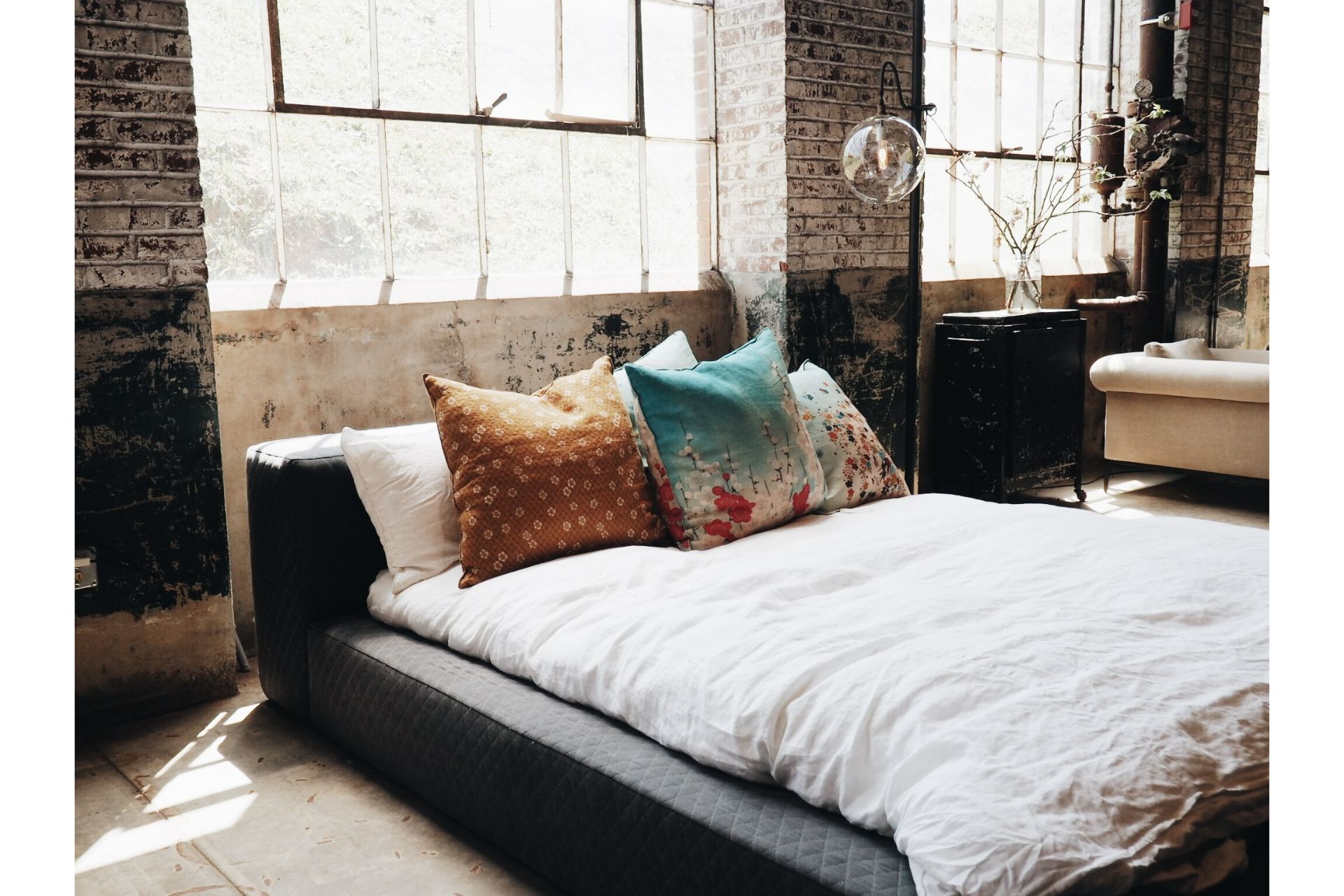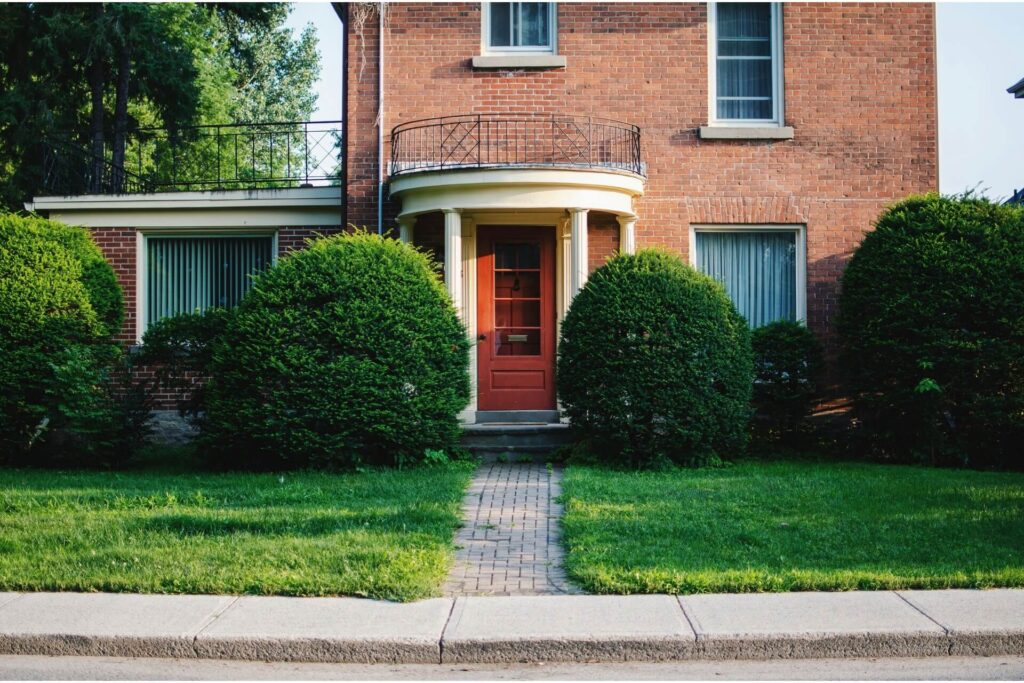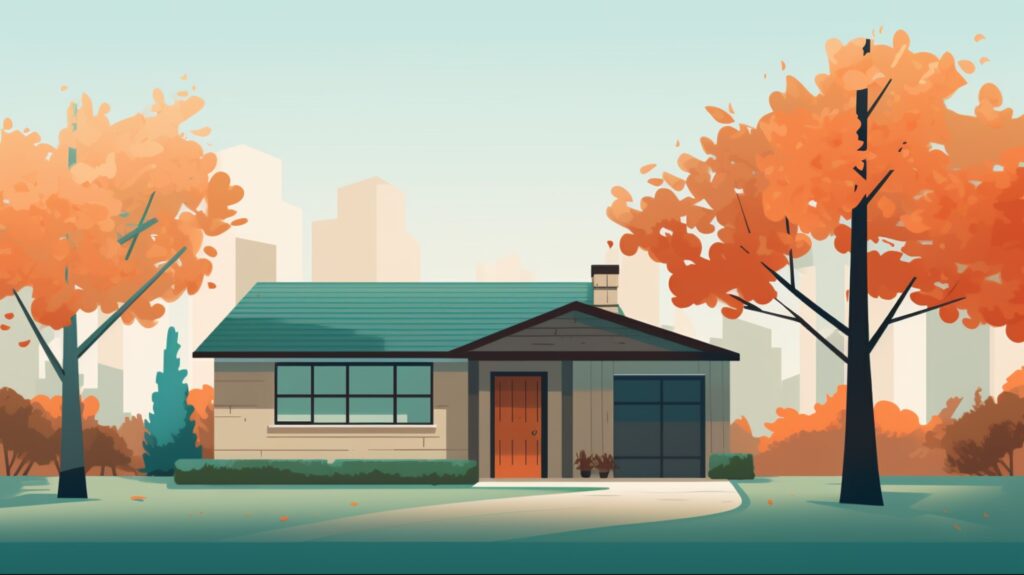
We are reader-supported. When you buy through links on our site, we may earn an affiliate commission.
Renting out your room is a popular way for homeowners and apartment dwellers alike to grow their income. However, it’s a big responsibility. Providing housing to a renter technically makes you a landlord according to the law, whether you feel like one or not. If you have a spare bedroom and are considering renting it to a tenant, you need to know the challenges and risks.
Here are the Top Five must-know tips for renting out your room.
1. Create a Tenant Profile
First and foremost, you need to narrow down your target market to a specific tenant profile. You don’t want to let just anyone rent out your room. The tenant needs to meet a certain level of standards. As the “landlord”, it’s up to you to set those standards. Here are a few common criteria that landlords set for their potential tenants:
- Consistent source of income
- Track record of paying on time
- No criminal background
- Doesn’t have pets
- Doesn’t smoke
- Doesn’t stay up late
You will also have to share your communal spaces with your new tenant, so you need to set some ground rules. Quiet hours and a limited number of guests are two popular examples. Just because the person is renting out your room doesn’t mean they can do whatever they want. It’s important that you establish and enforce high standards.
2. Craft a Creative Listing
Once you put together your tenant profile, you need to craft a creative listing to attract your target audience. Your listing needs to highlight specific details about your home or apartment’s amenities, nearby facilities, private spaces and shared living spaces. Of course, the listing must also include the monthly rental payment so there’s no room for negotiation. We’ll talk more about the monthly rent in the next section.
There are three main rules to making your property listing stand out:
- Write an eye-catching headline
- Provide a detailed description
- Include high-definition photos from a variety of angles
If you need any inspiration, check out some prominent rental listing websites and look for common features among the most popular listings.
3. Set Your Monthly Rent
Determining a proper rental rate is perhaps the hardest part of renting out your room. If the price is too high, you won’t attract many tenants. If the price is too low, you will attract the worst kinds of tenants and lose out on profits. You need to find that happy medium. Start by looking at the rental rates of comparable properties in your area. Your monthly rent should be something similar.
Once again, you can also use popular rental websites to make accurate comparisons with nearby listings. A website called Rentometer is another great tool that helps you determine average rental prices and talk to other landlords.
Since you’re just renting out one room instead of an entire property, your rate will likely be in the modest $1,000-1,500 range. This range is the standard for most studio apartments and other one-bedroom rentals in most American cities.
4. Prepare Your Property
Now it’s time to prepare your property for your first tenant. Once you become an official landlord and both parties sign the lease agreement, your property will be subjected to routine inspections. Property management firms have the right to foreclose your room if you make repeated violations. Your HOA can also deem your rental unacceptable if you belong to one.
It should also go without saying that no tenant wants to live in a crappy room. If your amenities aren’t in good condition, you will never get a long-term tenant. Start by checking and making the necessary repairs to these areas:
- Plumbing
- Electrical components
- HVAC system
- Water heater
- Air conditioning units
- Door and window locks
- Smoke and carbon monoxide detectors
- Dryer vents and filters
- Foundation
- Septic system
Your exterior landscaping is also important for establishing curb appeal and making a good first impression. Many landlords outsource landscaping to other companies or evenly split the maintenance responsibilities with the tenant in the lease agreement.
5. Know Your Rights and Limits
Finally, you need to know your rights and limits as a landlord. You have a right to inspect your room once the tenant has moved in, but you cannot tamper with or take pictures of their personal belongings. You also can’t change the rental rate without proper notice. The tenant will probably ask about these details during the lease agreement.
The best strategy to avoid any legal problems is to put everything in writing. Provide a written notice of future inspections or maintenance projects. Make your intentions clear and leave no room for confusion. Archive all of your texts, emails and paper documents. If you have nothing to hide, you should have no problem documenting every interaction.
Make Your Rental Stand Out
Your job as a landlord doesn’t begin and end with collecting rents. You must maintain your property and keep an amicable relationship with your tenant. The above five tips will help you rent out your room with great success and make the process as quick and painless as possible.










